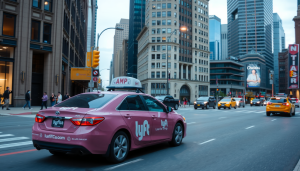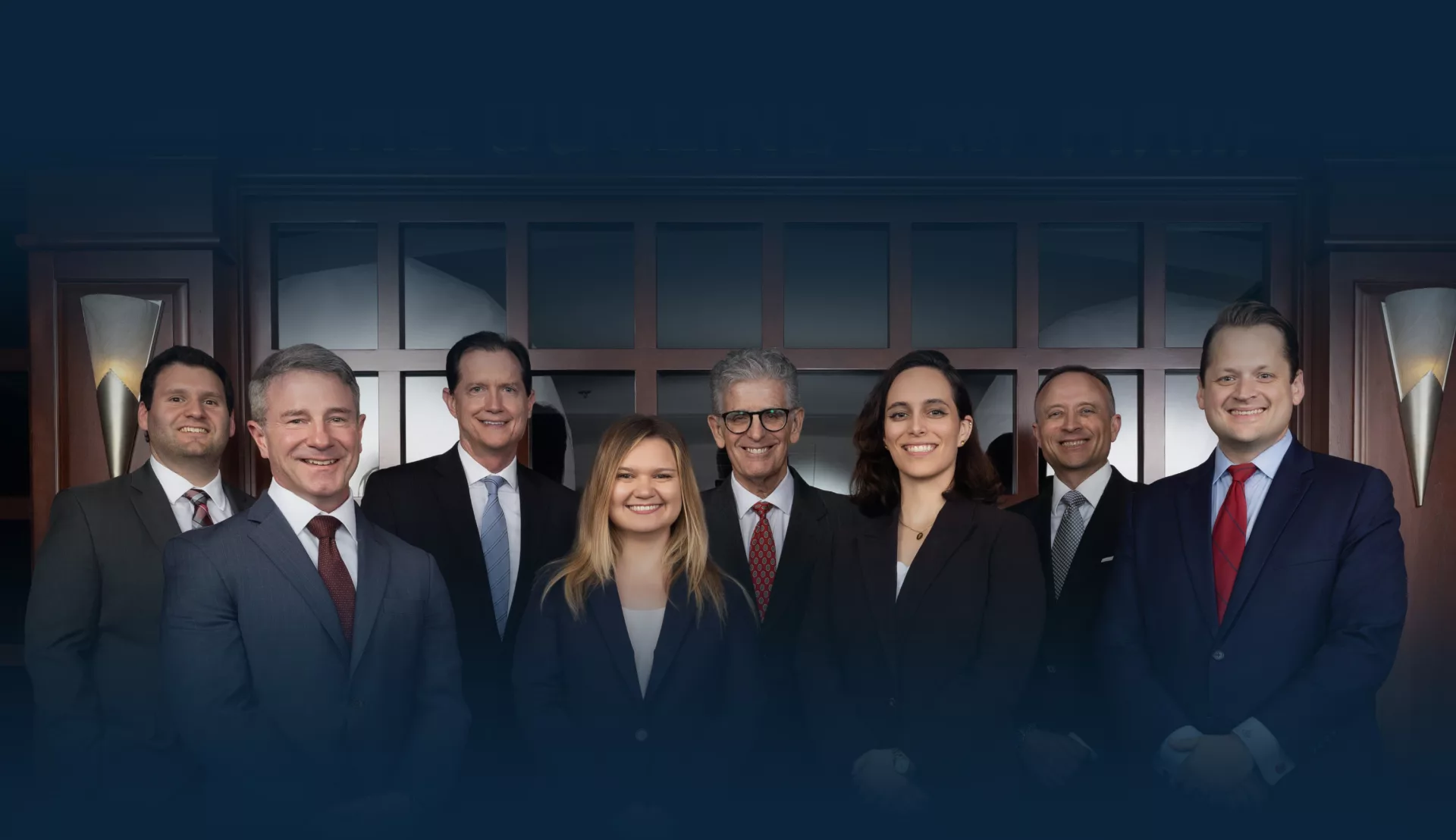
Lyft has become a go-to option for many people looking for a reliable ride, but not every trip goes smoothly. Accidents involving rideshare vehicles can be stressful, especially when you try to figure out insurance details, file a claim and seek fair compensation for your injuries.
Whether you were a Lyft passenger in a crash, in your own car when a Lyft driver hit you or a pedestrian or cyclist struck by a Lyft, you may be able to seek compensation for your losses. It’s important to understand your rights and how to navigate the claims process, and a Lyft accident lawyer can help guide you through it.
Common Lyft Accident Injuries
Accidents involving Lyft vehicles can lead to many different injuries. Here are some of the most common:
No matter how you were injured in a Lyft accident, you should see a doctor immediately to document your injuries and set up a treatment plan.
Just like other traffic collisions, Lyft accidents often involve speeding, aggressive driving, ignoring traffic signs or driving under the influence. However, rideshare crashes may come with certain unique circumstances:
Regardless of the cause, these crashes can hurt passengers and people in other vehicles, as well as pedestrians or cyclists. If you are in Illinois and get into a Lyft-related accident, you may benefit from working with a Lyft accident lawyer who understands how to handle rideshare claims.
Lyft accident settlements vary widely, depending on the severity of injuries, the number of vehicles involved and whether the insurance companies agree on who was at fault. Some claims resolve for a few thousand dollars, while others can reach six or seven figures.
If your injuries are serious, your medical bills, lost wages and ongoing pain might justify a higher settlement. However, insurance providers often try to reduce what they pay, giving you a lowball offer early on.
A lawyer for Lyft accidents can challenge these low settlement offers. They look at your medical records, wage statements and other relevant documents to show the true scope of your losses. If the settlement still remains unfair, your rideshare accident lawyer may recommend filing a lawsuit to seek a better outcome in court. In many cases, just showing you are prepared to fight for fair compensation can encourage insurers to negotiate reasonably.
Rideshare insurance is not as simple as a standard auto policy, especially for a Lyft accident in Illinois. Coverage depends on the driver’s status at the time of the crash. Lyft breaks these “periods” into four main categories:
If the Lyft app is off, the driver is not considered to be working for Lyft. Any accident that happens at this time is covered by the driver’s personal auto insurance policy.
Once the driver is online but has not yet accepted a ride, Lyft provides third-party liability insurance if the driver’s own insurance does not apply. Coverage amounts typically include:
Coverage details can sometimes vary based on your specific situation or location, but a lawyer can help you determine the exact coverage that applies to your case.
In most states, Lyft carries at least $1,000,000 in third-party auto liability. This covers injuries and property damage caused by the Lyft driver, though certain exceptions exist. Lyft may also offer uninsured/underinsured motorist coverage (UM/UIM), personal injury protection (PIP) or medical payments (MedPay) coverage.
If the Lyft driver has comprehensive and collision coverage on their personal policy, Lyft provides contingent collision coverage up to the car’s actual cash value, with a $2,500 deductible.
As soon as a passenger is in the car and until that passenger is dropped off, Lyft typically maintains at least $1,000,000 for third-party auto liability. In the same way that Lyft provides coverage when the driver is en route, the company may offer UM/UIM coverage, PIP, MedPay or occupational accident coverage for the driver when the ride is in progress.
If a driver has their own comprehensive and collision coverage, Lyft offers contingent coverage up to the vehicle’s actual cash value, minus a $2,500 deductible.
If you are a Lyft passenger and another driver causes the accident, you can pursue a claim against that at-fault driver’s insurance. If that driver doesn’t have insurance or has insufficient coverage, Lyft’s UM/UIM coverage may apply. In this scenario, your route to compensation could include:
Pedestrians, cyclists and other motorists also have the option to file claims or lawsuits if a non-Lyft driver is found responsible. A lawyer for Lyft accidents can review the specifics of your case and help you understand the different layers of insurance coverage involved.
Some people are reluctant to use their personal policies for a crash they did not cause. However, if the at-fault driver’s coverage or Lyft’s coverage is slow to pay or insufficient, you might tap into your own uninsured/underinsured motorist coverage or medical payments coverage. This may allow you to receive partial reimbursement more quickly, though it can affect your future premiums.
If you were injured in a Lyft accident, you have to identify the insurance coverage in effect, prove your losses and submit a claim to the correct party. This can be difficult on your own, especially if multiple insurance companies disagree about liability.
Here are the main steps:
If you have a valid accident claim, you shouldn’t have to shoulder the financial burden alone. A lawyer for Lyft accidents can advocate for you and help you seek a fair settlement.
If you or someone you love has been hurt in a Lyft accident, don’t settle for less than you deserve. Call The Collins Law Firm for a free consultation—we’re available 24/7. Our Lyft accident lawyers will fight relentlessly for you and won’t back down, no matter how complicated your case seems. If you want results, let The Collins Law Firm stand up for you.
"*" indicates required fields











"*" indicates required fields